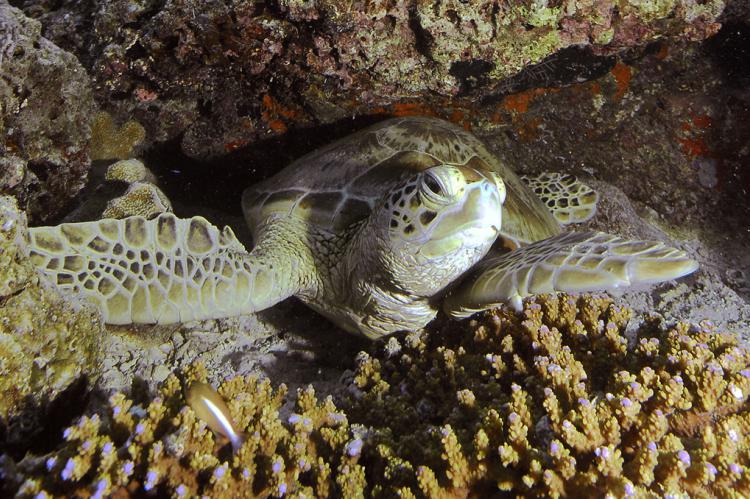Green turtles ingesting more man-made debris than ever
Australian study reveals marked increase in plastic consumption
According to a study published published in the journal Conservation Biology, sea turtles today are more likely to ingest plastic than they were in the 1980s. The study revealed that the probability of a green turtle ingesting debris jumped from about 30 percent in 1985 to nearly 50 percent in 2012. Six of the world’s seven sea turtle species have been found to ingest debris, with all six listed as globally vulnerable or endangered.
“We found that for green sea turtles, the likelihood that a sea turtle has ingested debris has nearly doubled in the last 25 years,” said study leader Qamar Schuyler of University of Queensland. “Specifically for green turtles, it does appear that they are eating a lot more debris than they used to.”
The ages of turtles and their habitats are also contributing factors. While stranded turtles found near heavily populated New York City showed little or no evidence of debris ingestion, stranded turtles near an undeveloped area of southern Brazil had eaten debris.
"Our research revealed that young ocean-going turtles were more likely to eat plastic than their older, coastal-dwelling relatives," Schuyler said. "This means conducting coastal clean-ups is not the single answer to the problem of debris ingestion for local sea turtle populations," she added. The latter point emphasizes the importance of managing man-made debris at every point, from its manufacture to the point of a product's consumption.
Plastic products consumed by turtles and other marine life can be lethal, killing the animals by either blocking their stomachs and starving them or by puncturing their intestinal system. An estimated 80% of debris comes from land-based sources.





























